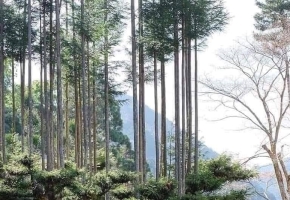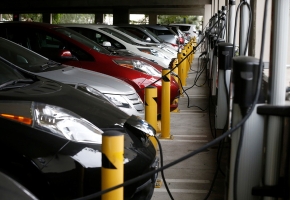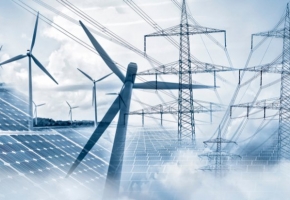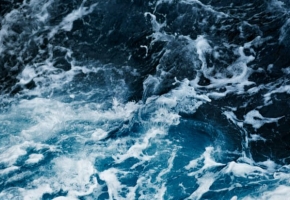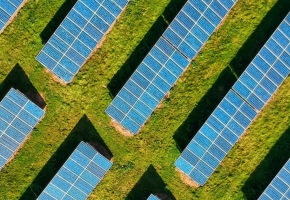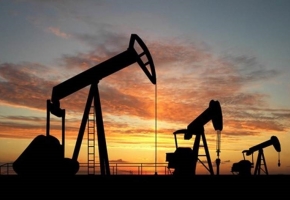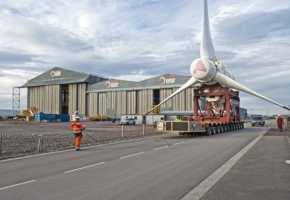Climate change sees Swiss Alps add 1,200 lakes

The inventory of Swiss Glacial lakes showed that almost 1,200 new lakes have formed in formerly glaciated regions of the Swiss Alps since the end of the Little Ice Age around 1850.
Around 1,000 of them still exist today, according to the study published by the Swiss Federal Institute of Aquatic Science and Technology (Eawag). That is far more than the few hundreds the researchers had expected to find at the beginning of the project.
Glaciers in the Swiss Alps are in steady decline, losing a full two percent of their volume last year alone. And even if the world were to fully implement the 2015 Paris Agreement – which calls for capping global warming at at least two degrees Celsius – two-thirds of the Alpine glaciers will likely be lost.
The Eawag assessment showed that there was an initial peak in glacial lake formation in the Swiss Alps between 1946 and 1973, when nearly eight new lakes appeared on average each year.
After a brief decline, the lake formation rate surged between 2006 and 2016, with 18 new lakes appearing each year on average, while the water surface swelled by over 400 square metres annually.
For each of the 1,200 lakes formed since 1850, the scientists recorded the location, elevation, shape and area of the lake at the different times, as well as the type of material of the dam and surface drainage.
Based on such basic information, researchers can estimate hazards, including the risk of a sudden emptying in the event of a dam failure.
Source: CNBC
Photo: CNBC
